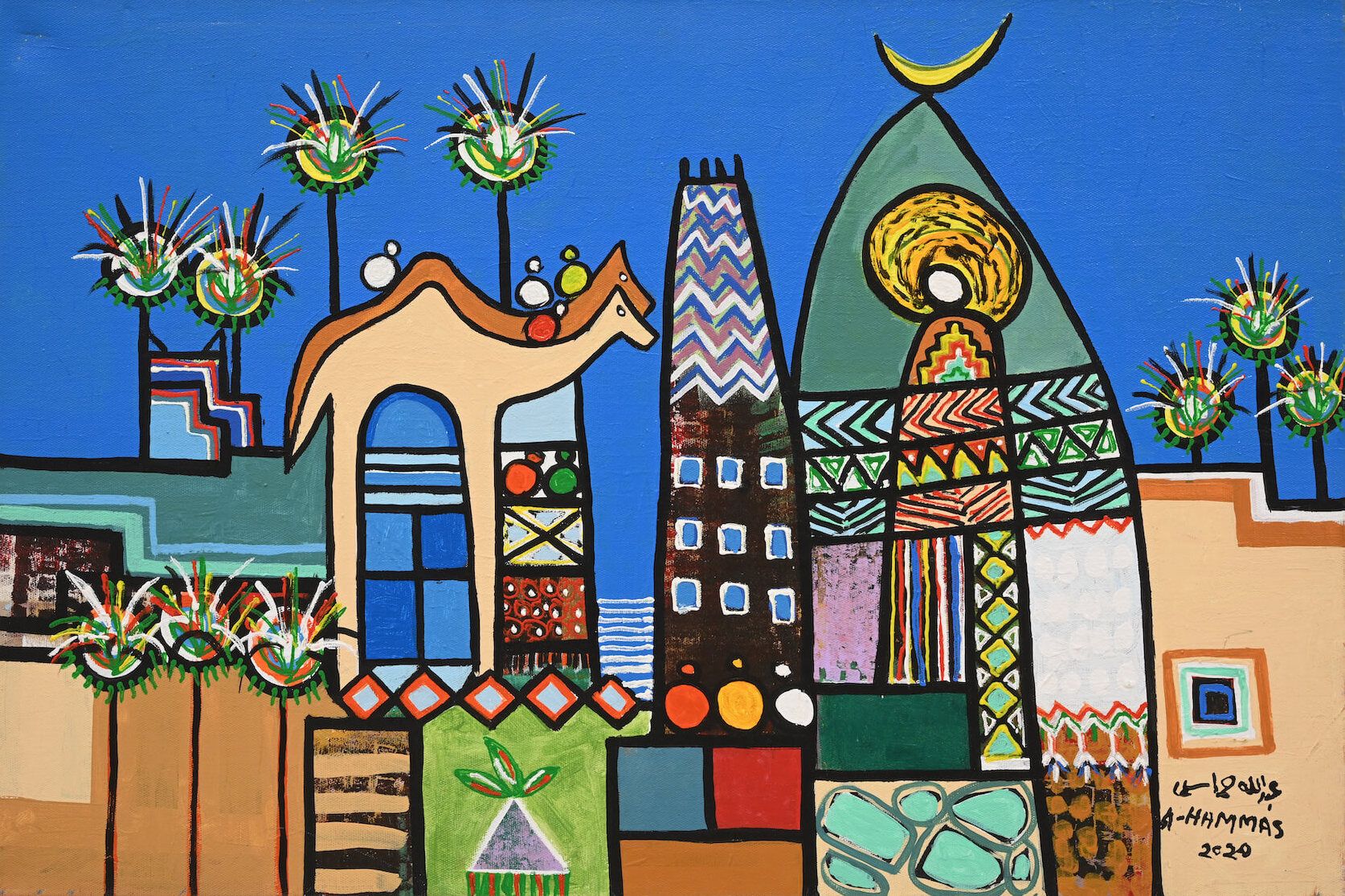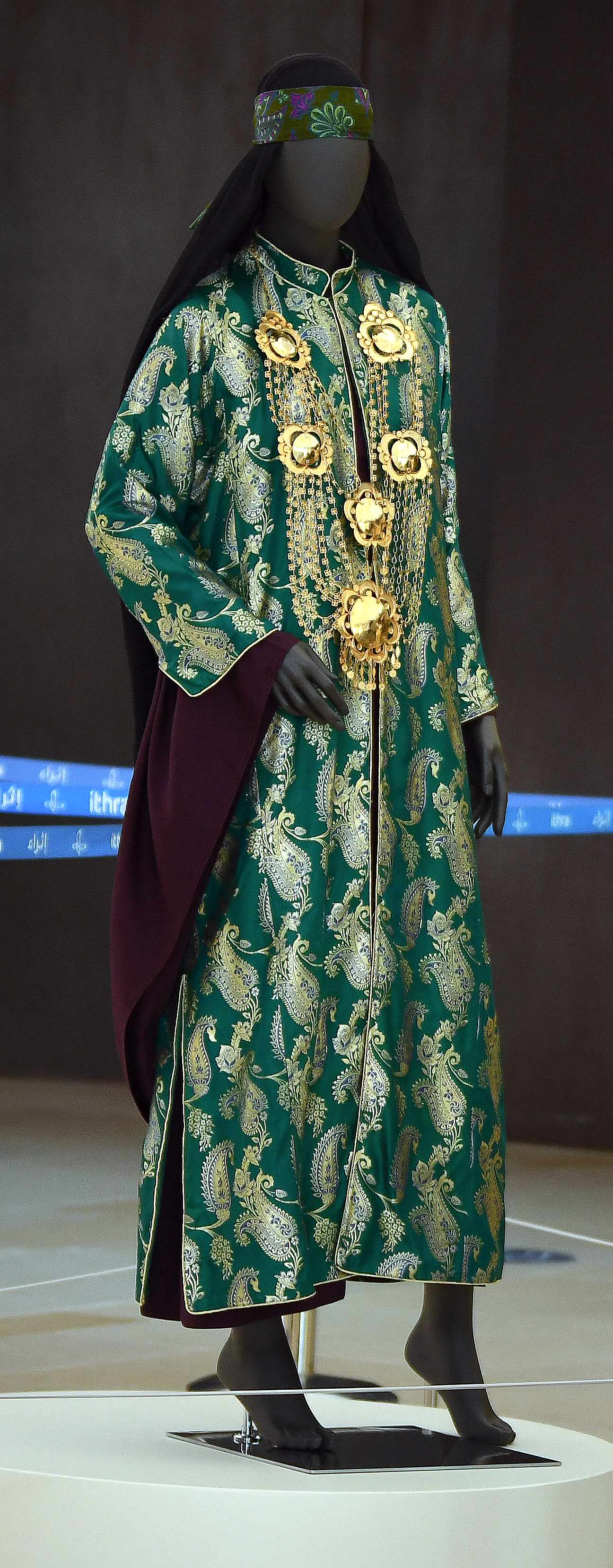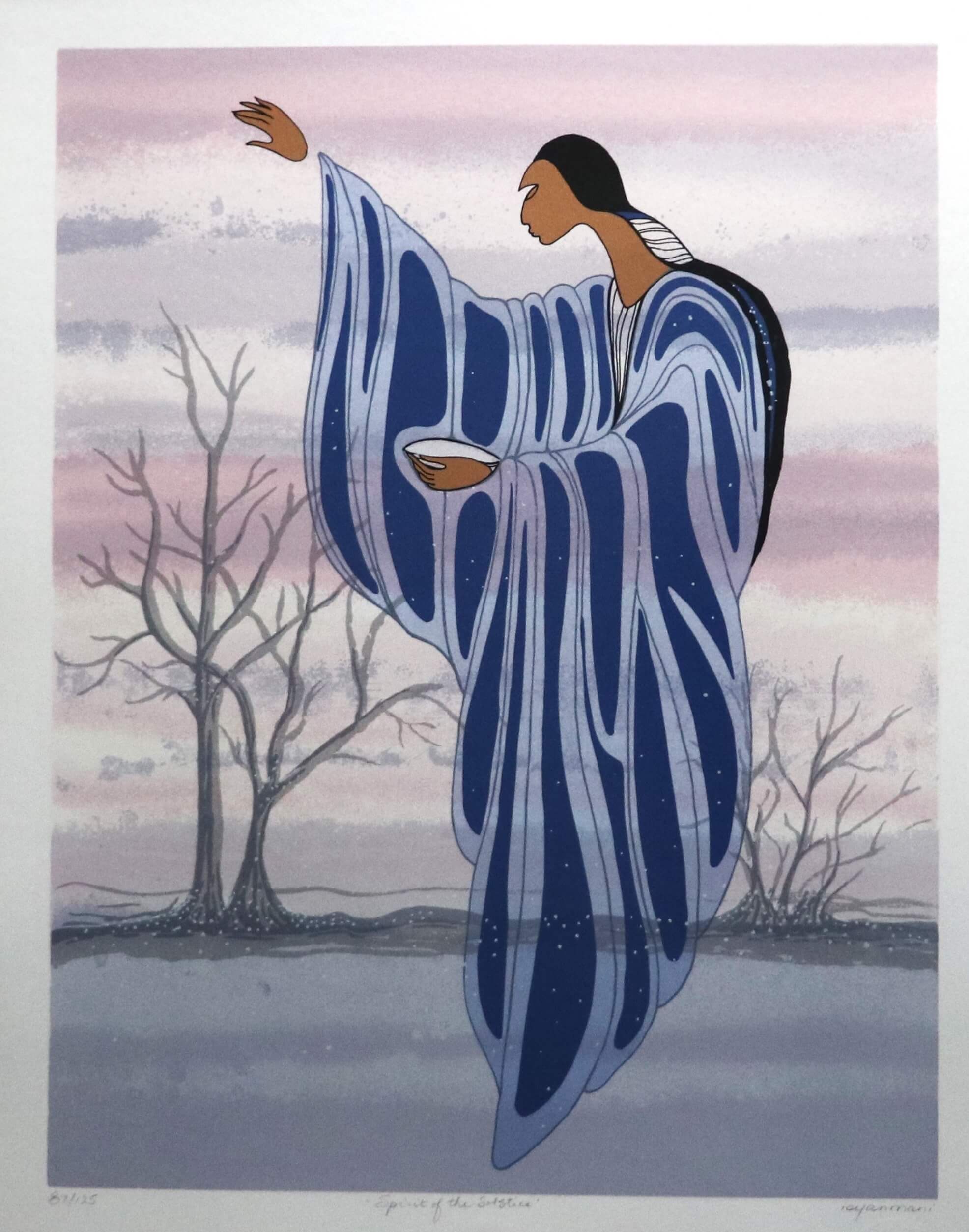Art by Women for All - Al Qatt Al Asiri
The vibrant Asiri Wall painting by the renowned Fatima Abou Gahas from Ithra’s art collection. Al-Qatt Al-Asiri is a deeply rooted traditional art form that flourished in Asir province and was listed on UNESCO’s Intangible Cultural Heritage list in 2017.

Al Qatt Al Asiri is traditionally an interior wall decoration and an ancient art form that captures an important element of the identity of the region of Asir. It is a spontaneous art technique — carried out largely by the women in the community — that involves colorfully decorating the interior walls of their houses, specifically rooms for visiting guests. Women invite female relatives of various age groups to help them in their homes, thereby transmitting this knowledge from generation to generation.
According to the UNESCO website, the base is usually white gypsum, and the patterns consist of icons of geometric shapes and tribal symbols. In the past, only women practiced the element, but these days, it is revisited and reimagined by male and female artists, designers, interior designers and architects, even applying it to other surfaces.
There is an important social aspect to this art, where it brings people together and has a therapeutic effect on its practitioners and the viewers of this art. The application of the art in most households ensures its viability within the community, and local individuals have created galleries within their houses in order to safeguard it.
Here, we include a treasure from Ithra’s collection, a piece by one of the most distinguished practitioners of Al-Qatt Al-Asiri, Fatima Abou Gahas, who dedicated her life to sustaining and teaching the art until her death in 2010. She stated in various interviews that some symbols represent the religious beliefs of the women, where the relationship is reflected by lines in the form of waves that reflect the pattern of prayer practiced by the women.
The shapes of the symbols and the lines symbolize different things for each artist. It also embodies the resilience of the women.
“Asiri women used to go into the mountains to collect gypsum, and sometimes we had to go down into caves to find it. Occasionally they had to crawl, and lumps of rock could fall on a woman,” said Abou Gahas.
Aspects of it are inspired by the mountainous landscape of Asir, and its lush floral terrains as well as the colorful yet difficult life.
There are repeated motifs such as the ‘Balsana’, a mesh-like design with dots in the center that signifies wheat bran, which is a staple crop there; while Al Mahareeb (plural of Mehrab) is the half-circle used to denote the direction towards the Kaaba in Makkah.
Passing on from one generation to the next, there is a true sense of pride in showcasing the creativity in traditional art, leaving a memorable impression on anyone visiting a home decorated in Al Qatt Al Asiri.


